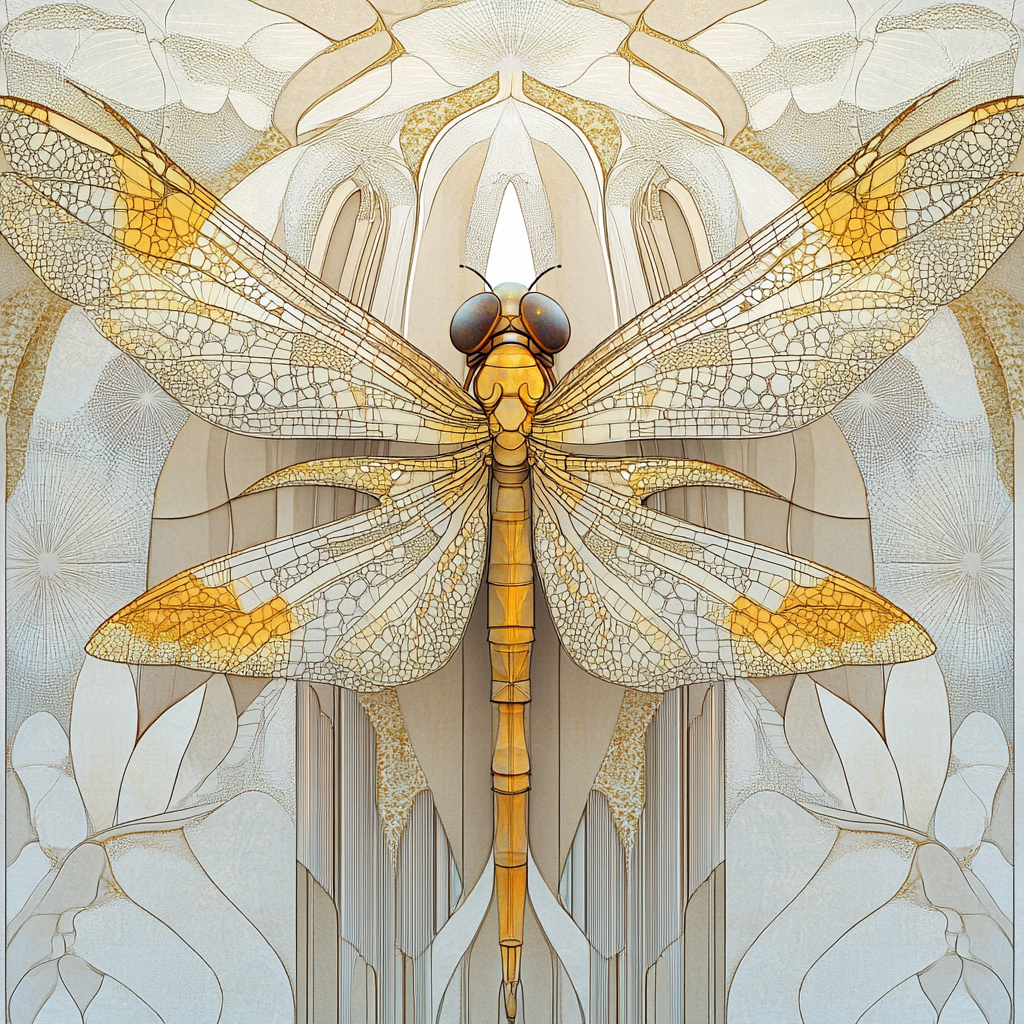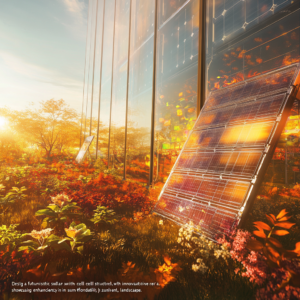
“Nature’s Blueprint: Dragonfly Wings Surpass Roman and Modern Structures”
In the realm of architectural innovation, there’s a magical connection between nature and artificial structures, one that often goes unnoticed until someone dares to look closely enough. Enter the extraordinary dragonfly—an unsung hero in the intricate world of architecture. Recent revelations unveiled in Thin-Walled Structures, a journal that champions fresh perspectives, reveal just how much the delicate yet formidable structure of a dragonfly’s wings can teach us about reinforcing vaults and domes. Thanks to a team of intrepid researchers from Skoltech and the University of Granada, we’re witnessing not just a return to ancient practices but a leap forward into a world where nature’s blueprint may reshape modern architecture.
Vaults and domes have been part of our architectural language since the days of Rome, serving as elegant solutions for distributing weight and creating vast, unobstructed spaces. Think of ancient basilicas or the grandeur of the Pantheon. For centuries, architects have relied on stiffening ribs in structures to provide shape and preservation of space—like a skeleton that supports a body but without any visible bones. These rib patterns have long been rooted in traditional designs, from coffered ceilings that give a nod to antiquity to cross vaults that beautifully intersect at right angles. Reliable, yes, but oh so tired! The architectural equivalent of a worn-out record playing the same aged tune for centuries.
Now, imagine the folks at Skoltech and the University of Granada, with their pencils behind their ears and notepads bursting with doodles, deciding to shake off those cobwebs. They turned their eyes to the natural world, seeking inspiration beyond the confines of traditional designs. What they found in the dragonfly—a creature so light yet formidable—leads us to the conclusion that nature is indeed the master architect. By analyzing rib patterns that mimic the geometric genius found in dragonfly wings (and turtle shells, because why not?), they explored structures that could outperform our old reliable friends.
When it came to experimentation, the researchers flexed their computational muscles, carrying out numerical simulations alongside physical tests. Picture them in a lab, a whirl of activity, measuring the strengths and weaknesses of various rib arrangements under both symmetric and asymmetric loads. And what did they find? For symmetric loads, topologically optimized designs strutted their stuff, leading the pack with grace. But when the conditions turned asymmetric, the cross vaults showed their tenacity, boasting resilience, closely followed by those optimized patterns. Here’s the kicker, though—the Voronoi pattern based on dragonfly wings held its own, displaying commendable performance even when things got topsy-turvy. Talk about surprise contenders!
Now, sensing the momentum and spurred by these promising results, our innovative researchers concocted a hybrid dragonfly pattern. They couldn’t resist taking the best parts of their findings and merging them like a master chef whipping up a signature dish. By meticulously studying the structure of dragonfly wings, they discovered a dual dynamic: more rigid ribs handle the twisting forces while thinner ribs contribute to overall integrity. Imagine them nodding in awe, excited that they could replicate this delicate nature’s design in architectural contexts! This new hybrid design, intricate though it may be, blessed us with superior performance across the metrics that matter. Marvel at how something inspired by a seemingly fragile creature could reinforce some of humanity’s grandest designs!
Now, the practicality of this hybrid marvel cannot be overlooked. Sure, it’s not the easy-breezy solution architects were hoping for, but its potential benefits are enormous. Material conservation? Check. Greater creative license in design? Check. The ability to mass-produce these components? Double-check. As Anastasiia Moskaleva, the lead author of the study, emphasizes, these structures could revolutionize efficiency, especially in applications like parking garages where space and strength face a relentless tug-of-war.
The dragonfly wing pattern is more than just an innovative approach; it’s a glimpse into the much-needed evolution of architectural engineering. Could it be the dawn of a new era where embracing nature's intricacies leads us into sustainable and resilient designs? A reminder that many lessons are waiting to be uncovered if we simply look—and sometimes, it's in the most unlikely places.
As we wander deeper into this fascinating exploration, let’s remember: the future of architecture is being rewritten today, and it’s filled with potential just waiting to flutter into our lives. We’re standing at the crossroads of age-old wisdom and cutting-edge design, where every vault and dome could become a testament to nature's genius.
Intrigued? Eager to ride the wave of such exhilarating developments in architecture and engineering? Want to stay up to date with the latest news on innovative architectural solutions and more? Subscribe to our Telegram channel: @channel_neirotoken. Dive into this vast ocean of knowledge where every ripple could lead you to astonishing insights! The future is buoyant, and it’s calling your name.

